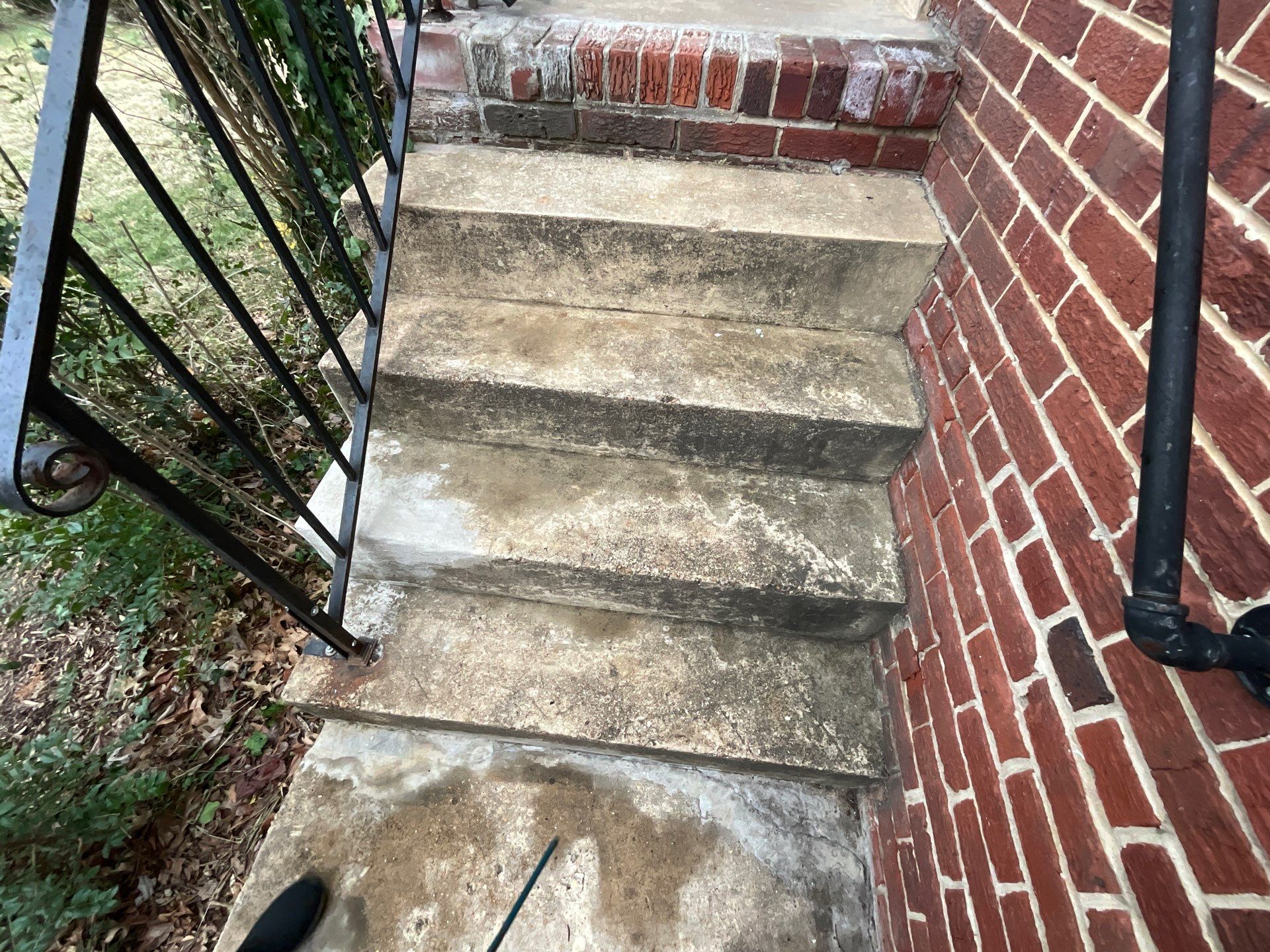We have the sense that VOCs are bad for us, and that low-VOC products are desirable. But what does this really mean?

VOC stands for volatile organic compounds. These are a group of carbon-derived chemicals commonly found in products such as household cleaners, fuels, pesticides, paint, lacquers and varnishes. Some common examples of VOCs include benzene, acetone, methylene chloride, ethylene glycol, and toluene. Their volatility is due to the fact that they evaporate easily into the air as gasses, often causing the fumes many of us recognize when using these products.
Now that we know what VOCs are, it’s important to know how they affect us. VOCs have significant short and long term impacts on our health and environment. Some of the immediate signs and symptoms for exposure to VOCs include headaches, fatigue, dizziness, nausea, nose and throat irritation, eye irritation and visual impairment, allergic skin reactions, and memory impairment. Long term impacts may include damage to the liver, kidneys, and central nervous system. Some VOCs have even been linked to cancer.
Let’s now talk about the VOCs in paint. Painting is a common home project, so it is important to consider the risk VOCs pose to you and your family. As paint dries, it continually releases VOCs into the air. These toxic fumes can linger for long periods of time. The federal government requires that all paints sold in the United States comply with a VOC level no higher than 250 grams per liter for flat finishes, and no more than 380 grams per liter for higher sheen finishes, such as semi-gloss and gloss. However, as knowledge and awareness of VOC risks become more prevalent, more and more paint manufactures are getting on board with even stricter standards. Many companies are committed to VOC levels as low as 50 grams per liter in their paint products. These levels are considerably lower than government issued guidelines, yet these paint products are just as vibrant and long lasting as the paints full of harmful chemicals.
Now that we know what VOCs are and how they impact us, let’s talk about some simple precautions we can take to protect our health, home and environment from these harmful compounds when we’re taking on a home painting project. While it is impossible to completely eliminate the VOCs released into our homes from paint, it is certainly possible to reduce their concentration and impact. The first step is making sure to purchase low-VOC products, which are widely available these days. Secondly, buy only the necessary quantities for your project, and don’t store partially full containers of paint for long periods of time. Unsealed containers can continue to release these unwanted compounds into your home even when stored properly. Most importantly, make sure to ventilate your project space. If the weather doesn’t allow for open windows, be sure at least to turn on the ceiling fans and use portable electric fans wherever possible. Another tip is to keep the thermostat lower in the work space, because the higher the temperature, the more rapidly VOCs evaporate, causing higher concentrations in the air. A cooler temperature can help reduce fume levels significantly.

Find out how often homeowners should wash their house to keep siding clean, protected, and looking its best year-round.
.png)
Learn how homeowners achieve flawless, long-lasting results with expert wall repair and professional residential painting.

Learn how to spot the early warning signs of wood rot on your trim, siding, or deck before it leads to costly repairs.